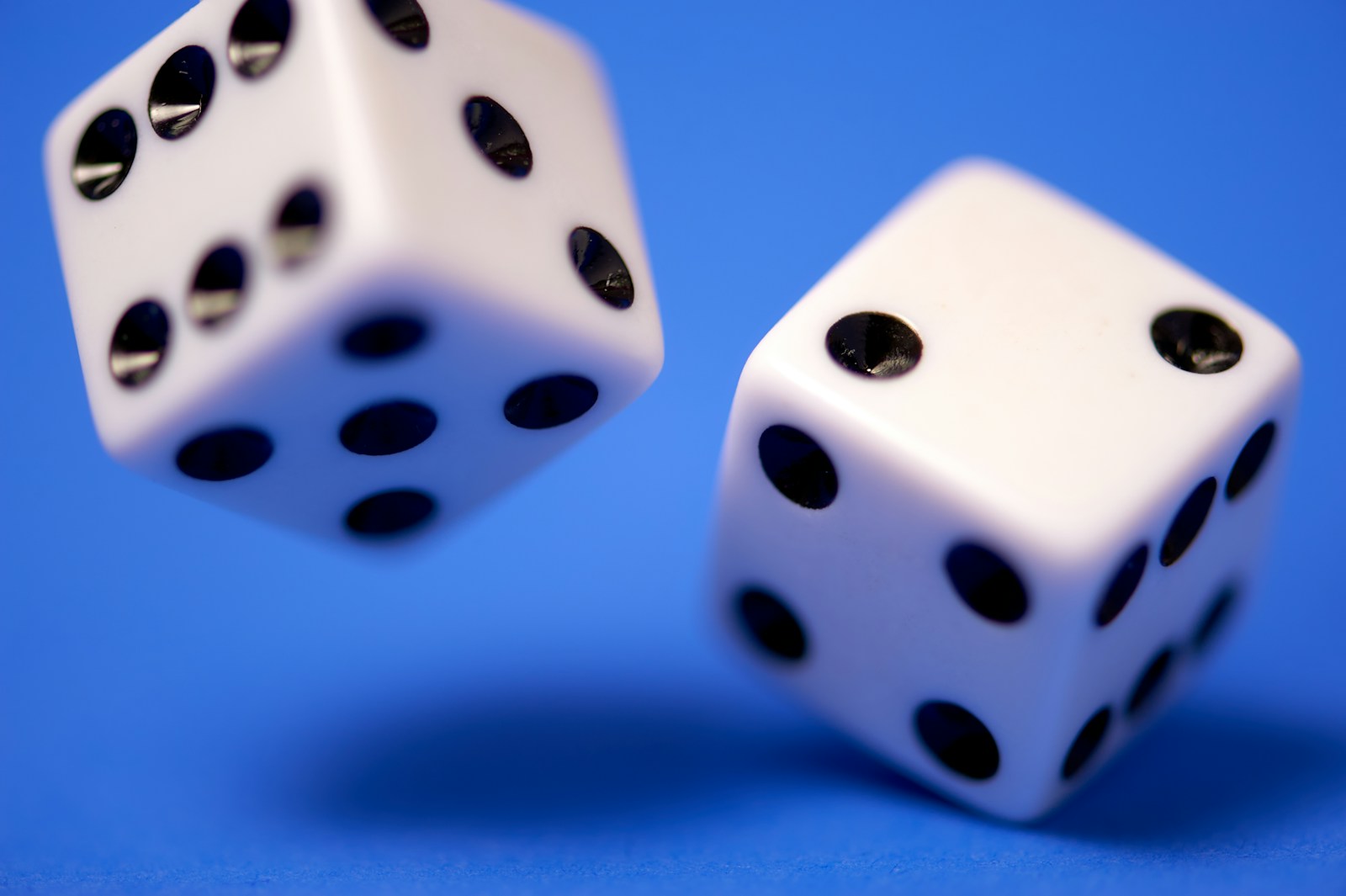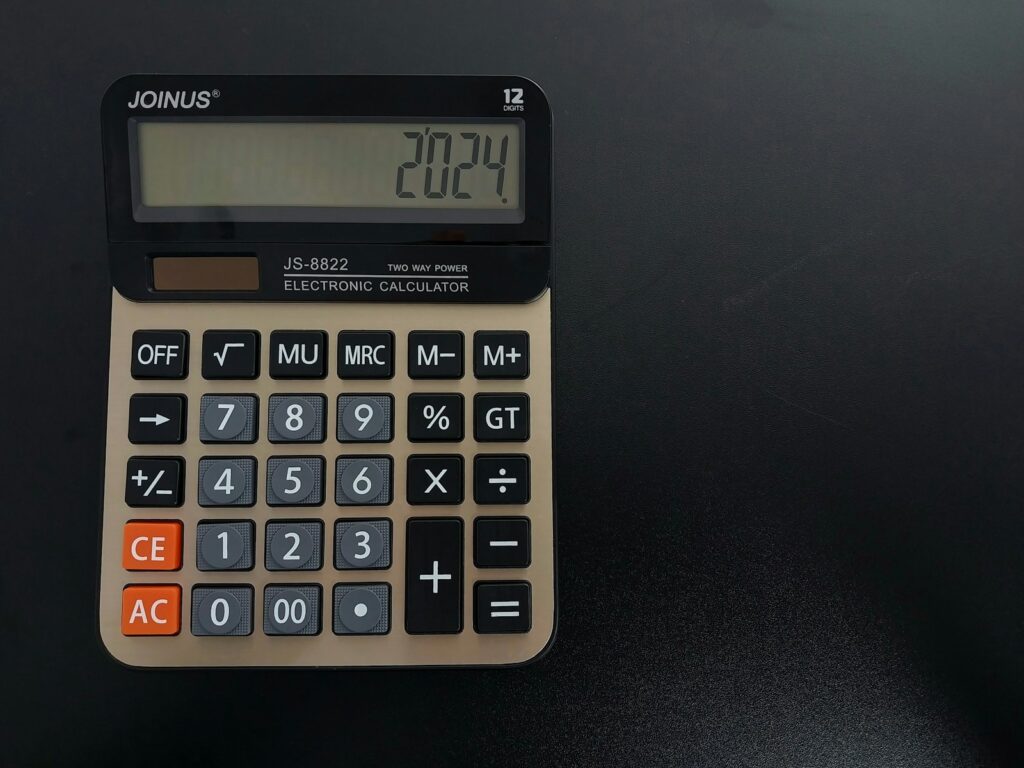Physical Address
304 North Cardinal St.
Dorchester Center, MA 02124
Physical Address
304 North Cardinal St.
Dorchester Center, MA 02124

If you’ve ever looked at a sportsbook and felt confused by the numbers next to each team, you’re not alone. Sports betting odds can seem like a foreign language at first, but once you understand what they’re telling you, they become straightforward tools for making informed betting decisions.
At their core, betting odds serve two essential purposes: they tell you how much money you’ll win if your bet succeeds, and they reveal what the bookmaker believes is the probability of that outcome happening. The catch? There are three different ways to express the exact same information, depending on where in the world you’re placing your bet.
Before diving into each format, it’s worth understanding why we have three systems in the first place. Decimal odds dominate in Europe, Australia, and Canada. Fractional odds are the traditional format in the United Kingdom and Ireland. American odds, also called moneyline odds, are standard in the United States. Each format evolved based on regional betting traditions, but they all communicate identical information—just in different mathematical languages.
The good news? Once you learn to read one format, understanding the others becomes much easier. Even better, most online sportsbooks let you switch between formats with a single click in your settings.

Decimal odds are often considered the most intuitive format, especially for beginners. They’re expressed as a single number with decimals, like 2.50, 1.80, or 3.75.
Here’s the beauty of decimal odds: the number you see represents your total return for every $1 wagered, including your original stake. To calculate your potential payout, simply multiply your bet amount by the decimal odds.
Example: If you bet $50 on a team with 2.50 odds:
The lower the decimal number, the more likely that outcome is expected to happen (and the less you’ll profit). Odds of 1.50 mean the bookmaker considers this a probable outcome. Odds of 10.00 suggest a longshot bet with a big potential payoff but low likelihood of winning.
One helpful way to think about decimal odds: any number below 2.00 means you’re betting on a favorite (you risk more than you win), while anything above 2.00 indicates an underdog (you win more than you risk).
Fractional odds look like fractions: 3/1, 5/2, or 1/4 (read as “three-to-one,” “five-to-two,” or “one-to-four”). This is the classic format you’ll see on British racecourses and traditional betting shops.
The fraction tells you how much profit you’ll make relative to your stake. The number on the left (numerator) represents your potential profit, while the number on the right (denominator) represents the stake required to win that profit.
Example with 5/1 odds: For every $1 you bet, you’ll win $5 in profit (plus get your $1 stake back).
Example with 1/4 odds: For every $4 you bet, you’ll win $1 in profit.
When the first number is larger than the second (like 5/1), you’re looking at an underdog. When the second number is larger (like 1/4), that’s a heavy favorite. When they’re equal (1/1, also called “evens”), you’ll double your money if you win.
American odds, also known as moneyline odds, use positive and negative numbers: +200, -150, +350, -110. This format is built around the concept of betting or winning $100, which can initially confuse newcomers but makes perfect sense once explained.
Positive odds (+) indicate an underdog and show how much profit you’d make on a $100 bet:
You don’t have to bet exactly $100. If you bet $50 at +200 odds, you’d win $100 profit. If you bet $10 at +350, you’d win $35 profit.
Negative odds (-) indicate a favorite and show how much you need to bet to win $100 profit:
Again, you can scale this to any bet amount. At -150 odds, a $15 bet would win $10 profit. At -200 odds, a $20 bet would win $10 profit.
The larger the negative number, the bigger the favorite (meaning you risk more to win less). The larger the positive number, the bigger the underdog (meaning you risk less to win more).
Here’s where betting odds become truly interesting: they reveal what the bookmaker believes is the probability of each outcome. This is called the implied probability.
For decimal odds, the formula is: Implied Probability = (1 / Decimal Odds) × 100
For American odds, the formulas are:
Positive odds: Implied Probability = 100 / (Positive Odds + 100) × 100
Negative odds: Implied Probability = Negative Odds / (Negative Odds + 100) × 100
For fractional odds: Implied Probability = Denominator / (Denominator + Numerator) × 100
Understanding implied probability helps you make smarter bets. If you believe a team has a 40% chance of winning but the odds suggest only 30%, that might represent good value. Conversely, if you think a team has a 50% chance but the odds imply 70%, you might want to skip that bet.
Since all three formats express the same information, you can convert between them. Here’s the same bet shown in all three formats:
A moderate favorite:
An underdog:
An even bet:
Most online sportsbooks and betting calculators will do these conversions automatically, so you don’t need to memorize the formulas. However, understanding the relationship between formats helps you quickly recognize value regardless of which system a sportsbook uses.
Start with one format. Choose whichever format feels most intuitive to you and stick with it initially. Most bettors find decimal odds easiest to learn, but if you grew up with fractional or American odds, there’s no reason to switch.
Always calculate your potential return before placing a bet. Don’t just guess at what you might win. Do the math to ensure you understand exactly what’s at stake and what you could gain.
Compare implied probabilities to your own assessment. The real skill in sports betting isn’t just understanding odds—it’s finding situations where you believe the bookmaker has misjudged the true probability of an outcome.
Remember that bookmakers build in a margin. If you add up the implied probabilities of all possible outcomes in an event, you’ll notice they total more than 100%. That extra percentage is the bookmaker’s profit margin (called the “vig” or “juice”). This is why the house always has an edge.
Shop around for the best odds. Different sportsbooks often offer slightly different odds for the same event. A team might be +150 at one book and +165 at another. That difference can significantly impact your profitability over time.
Sports betting odds aren’t designed to be confusing—they’re simply different methods of expressing the same fundamental information. Whether you’re looking at 2.50, 6/4, or +150, you’re seeing the bookmaker’s assessment of probability translated into potential profit.
The key to reading odds confidently is practice. Start by converting odds into implied probability and calculating potential payouts on games you’re watching. Soon, you’ll be able to glance at any odds format and immediately understand what it means for your potential bet.
Remember, understanding odds is just the first step. Successful betting also requires knowledge of the sport, discipline with your bankroll, and the ability to identify situations where your assessment of probability differs from the bookmaker’s. But without understanding how to read and interpret odds, you can’t even begin to make informed betting decisions.
Now that you know how decimal, fractional, and American odds work, you’re equipped with the fundamental language of sports betting. The numbers that once seemed cryptic should now tell you a clear story about favorites, underdogs, probabilities, and potential profits.